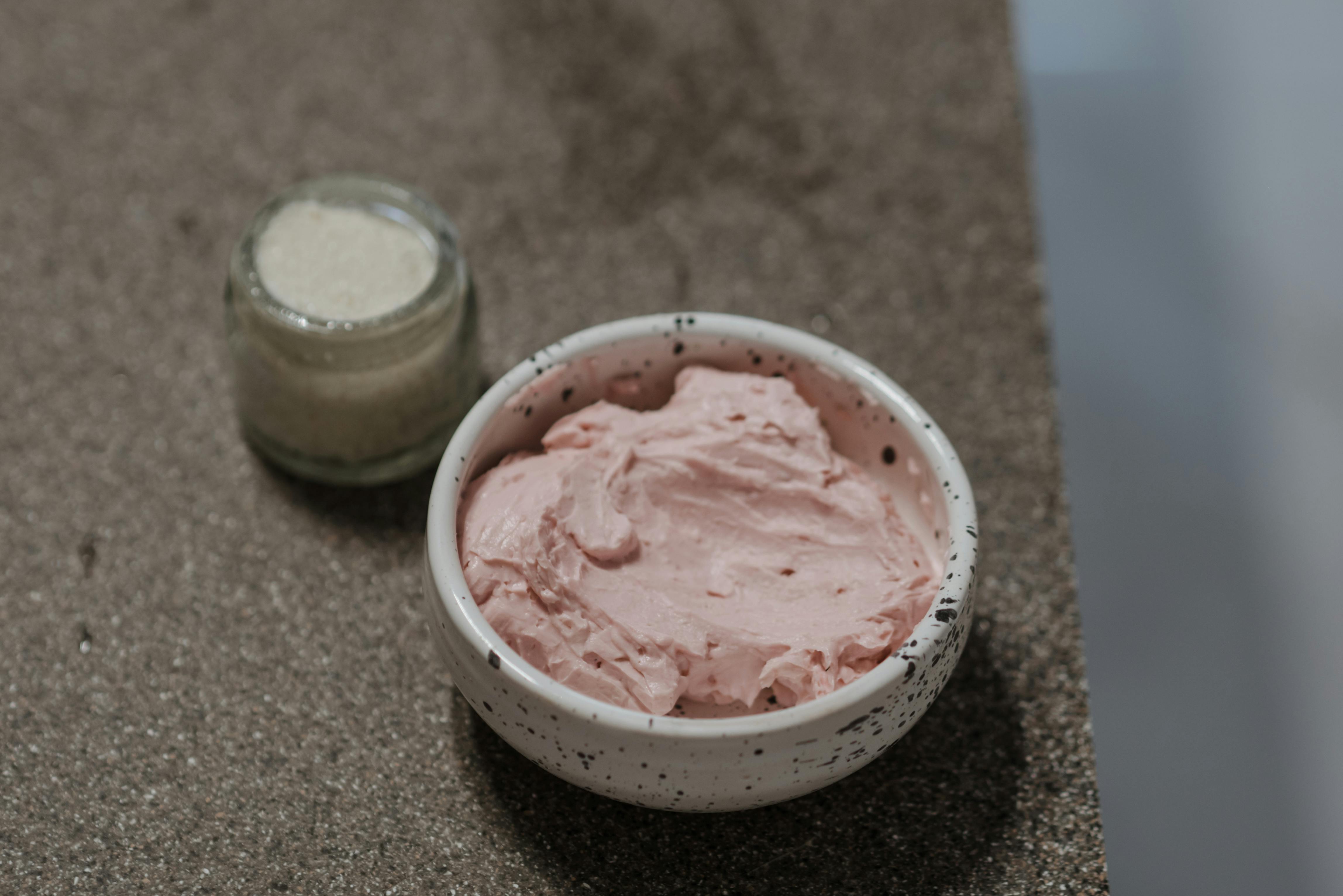Differential Shrinkage: To get to the point, wood cracks due to differential shrinkage. Differential shrinkage occurs because the outer fibers of the shell dry out first and begin to contract. However, the core has not yet started to dry out and shrink and consequently the core prevents the shell from shrinking. Therefore, the shell goes into tension and the core into compression. With the stresses of the shell and core pulling in opposite directions, the wood fibers break and a crack forms. The larger the wooden member, the more stress is exerted on the wooden member. Examples Let’s take an example of a 1×8 board versus an 8×8 lumber.
- The 1×8 board is only an inch thick, so it dries pretty quickly. The stress is minimal and only a few small checks of the surface can occur.
- Much larger 8 “x 8” (8 “x 8”) lumber takes a long time to dry, which could take up to six months. The interior of the wood will remain moist for months while the exterior dries to a moisture content well below 20 percent. The stress that is set within the 8×8 will eventually result in a ½ inch or larger crack in one face of the wood. This crack will go all the way to the center of the wood and will generally be on one side only.
I have seen people cutting a round “lily pad” from the end of a log so that it can be used as a cutting board in the kitchen. It looks good in the green state, unseasoned, but after a few weeks it develops a large pie crack on the piece. Finally, it is discarded as unsightly. After throwing it away, they wonder what happened to the wood that allowed this to happen.
This is just another reason why wood materials need to be properly dried before using them in any way other than for exterior use, such as fence posts, yard wood, or a rough fence. If they are used where their final moisture content will be 15% or less, they must be dried before grinding and installed in their end use. In this way you can align the seasoning, tension cracks in such a way that they are hidden or discarded. Crack Prevention: Proper Drying Techniques and PEG What can be done to prevent wood degradation from drying? With large quantities of lumber, from boards to lumber, you can only resort to proper drying by following the many details that make up the entire process. This can be done with an oven or air drying, but a lot of detail must be followed to get the desired results. It is not the purpose of this short topic to describe what must be done to properly dry the wood. This will be covered in another article.
For small and fairly expensive items, such as carvings, another method can be used to prevent degradation due to cracks and drying cracks. This is done using a chemical called polyethylene glycol-1000 or PEG for short. This material looks like a block of paraffin in the solid state but will dissolve in water. The correct method to use this material is to soak the newly carved piece of wood in water for a month or more, depending on its size. After it is completely saturated with water, it is placed in a solution of PEG and water. It is kept in this solution for several months for best results. The solution should be warm and can be kept this way with a fish tank heater. After the carving is completely saturated with PEG, it should be dried slowly in a cool environment and out of sunlight. The result is a wood carving that does not shrink when dry and therefore does not crack.
The physical explanation of the above process is as follows: PEG can only be transmitted through wood if the wood is completely saturated with water. When PEG enters cells, it fills the cell walls and the cell lumen located in the center of the cell. When wood dries, it cannot shrink because the cell walls are now filled with a solid (PEG) and cannot shrink. If wood doesn’t shrink, it can’t crack or split! As a final note, I used this method on a piece of sycamore that was buried in a clay pit for almost 6,000 years. I turned it into a pistol stock and after 30 years of use the pistol stock looks brand new without the slightest crack on any surface.




